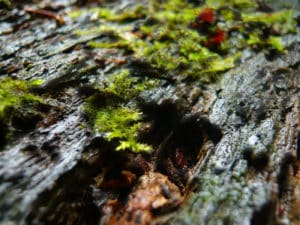Mandy Rudd, GiGL Chief Executive

The majority of environmental records centres across the UK are hosted by their local county council, with Wildlife Trusts the second most common host organisation. While the development plan advocated that the London environmental records centre should be entirely independent, it was agreed that London Wildlife Trust would continue to host the records centre until such time it was advantageous for both organisations that the records centre become independent.
The GiGL Steering Group, with representation from the Trust, regularly assessed GiGL’s status from its establishment in 2004, as did the Trust’s council.
Early in 2012, it was decided that GiGL should become independent as of April 2013, and work began on researching the most appropriate business model to follow. Other independent records centres have utilised a number of different models. More recently, the Association of Local Environmental Records Centres, our professional body, has been set up as a community interest company. The key element of environmental records centres and CICs is that they are not-for-profit. The community interest company model appeared to suit our needs perfectly.
Social enterprises are cropping up all over the place, from shops on our high streets, to tourist destinations and local restaurants. What we all have in common is that any surplus funding is reinvested into the business to benefit the local community, or the environment which we have been set up to serve.
With a great deal of input from our solicitors, colleagues at London Wildlife Trust and our steering group members, Greenspace Information for Greater London CIC was incorporated at the start of 2013. The GiGL team became employees of the company at the start of March, and all of the assets accrued since 1996 were also transferred over. Our systems, physical assets such as IT kit and furniture, as well as the vital databases that have been 17 years in the making are now part of the new CIC.
The CIC has a board of seven directors, including the chief executive, who oversee the business and strategic development of the records centre. We will be reinvigorating the advisory groups that have guided our development and the production of policies and licences. This is vital to ensure continued input from client groups and London’s volunteer recorders who are key to our ongoing success.
Our business model still reflects national guidance on environmental records centre activities, and we ensure we stay abreast of new ideas and services via our participation in the London and South-East Records Centre Group (LaSER) and ALERC. The next challenge for us to consider is ALERC accreditation, which we are committed to achieving once the CIC dust has settled.
